"Greening", in this context then, is much more than creating a few parks and adding some trees along the road or a few planters to a piazza. It is a far wider, more holistic approach. As Grant writes: "People are beginning to look differently at the way our towns and cities are designed, built and operated. This new approach goes beyond the necessary reduction in energy and water use and the mitigation of impacts on the wider environment. How mean-spirited it is to limit our ambitions to reducing negative environmental impacts!" In order to achieve this, he says later, "there must be a fundamental shift in the way we design and manage the built environment."
We are totally reliant on nature - even city dwellers
What is behind that - gradual and encouraged - shift? A growing body of evidence, of course. It's not just the moral but somewhat fluffy sense that nature should have a place, too, or that people prefer to live in nice, pretty environments. There are "proper, substantial reasons" even those only concerned with figures, economic data and the like will get. For their sake, perhaps, the horrible and abstract term "ecosystem services" has been coined. As Grant explains it: "There [now] is an acknowledgement that our society, our civilisation and our cities are reliant on the goods and services supplied free of charge by the natural world - so-called ecosystem-services." (And no, the term wasn't Grant's invention.)
These ecosystem-services, according to the book, can be classed in four groups: provisioning, cultural, regulating and supporting Ecosystem services. The most obvious perhaps, Provisioning, comprise fresh water, food, wood & fibre and fuel. Cultural services nature provides to us are those of an aesthetic, educational, recreational and spiritual kind. Among the regulating services are water purification (either through aquatic plants or geological layers), flood regulation (think river flood plains, the sponge effect vegetation has etc.), climate regulation and disease regulation. Finally, primary production (including oxygen, I'd guess), soil formation and the nutrient cycle are grouped as supporting eco-system services.
"There's been much discussion recently about encounters with nature being good for your health - physical and psychological. [...] But it's not new, really. The idea that you can be mended by the healing currents of the green outdoors, by engaging with rhythms and ways of life different from your own, goes back to classical times. [...] Now [though] there are statistics to back up this ancient common sense. [...] This is all exciting stuff, both for people and the natural world. It could lead to savings in health budgets and, reciprocally, to quantifiable economic value being put on natural habitats."
Today, open-source software such as i-Tree can calculate or quantify the economic value of even individual urban trees! (For those interested, click this for more about the i-Tree tools and projects, not just from London.) Mabey predicted the development, I guess. For although the i-Tree tools were first released in August 2006, initially this happened in and for the US. Only later were they adapted by interested practitioners, scientists and non-profit organisations around the world to their local conditions and requirements. I doubt Richard Mabey was aware of them when writing his column.
By introducing more plants - via street trees or as more parks, green roofs, green walls - you reduce this "heating up". Air quality will improve. Plants can even reduce the level of noise city dwellers are constantly subjected to. And soil and plants will also mop up excessive rainwater - helping prevent flash floods. All "proper quantifiable benefits": people in offices that don't overheat so much are less likely to be "off sick" and probably more efficient at that. Insurance costs for flood damages - think overflowing drains after a downpour, for instance, or flooded subways - are down, costs for air conditioning needed, too. For the number crunchers, you do not even have to point to the cultural services...
The main body is divided into the following chapters: Origins of Cities (going right back to the emergence of humans), Modern Cities, Issues facing contemporary cities, Working with nature, Urban nature, Water and Cities, City-wide Greening (concerned with regional efforts like water catchment management or regional networks of linked spaces where wildlife and plants can thrive, such as green belts) and finally Greening Neighbourhoods and Buildings: green roofs and rooftop gardens, green walls or vertical gardens, so-called pocket parks etc..
In addition to the usual index plus "notes and references", there are two extensive appendices to the book. One presents over a dozen innovative projects which have won awards at the Integrated Habitats Design Competition. The latter is a contest instigated in 2009 by the author and two other experts. The second appendix is a well-structured list of resources, briefly explaining and providing the web link to a great number of institutions, concepts and documents encountered in the book.
"Towns and cities do not need to be barren, hot and dry, they can be green and pleasant, with created habitats providing ecosystem services on and around buildings where people live and work. This means that landscapes on or around buildings and infrastructure can be more than an optional ornamental extra but a multi-functional layer of soil and vegetation that controls surface water, provides food and wildlife habitats and keeps us cool, fit and sane. To make this transformation from grey to green will require panoramic, trans-disciplinary thinking and coordinated action. We will need to move away from our over-specialisation and the widespread and common feeling that dealing with the conservation of nature is either irrelevant or in some cases, nice, but 'someone else's department'."
He finishes his book with the following conviction: "There will be a new direction for architecture that will stimulate further innovation. This will be accelerated by new ways of collaborating and thinking, but we do not need to wait for such changes in order to begin the green transformation of our cities". A heartening call to arms or, to remain civilian, to action!
A great book to start you on the subject of greening cities for the future
My own conclusion? While Ecosystem Services Come To Town is a reference book, it is easy to read and - in my opinion - contains very little professional jargon, making it easy to understand for people with an interest but not much in the way of knowledge on the subject. Since so often talk of the future is framed in scenarios of gloom and doom - climate change, pollution, scarcity of resources, dwindling number of species - I especially like the author's positive attitude: "The intention is to be brief, informative, inspirational and practical. And optimistic - there is no benefit in being anything else." It is, in short, a very good introduction to a topic which will become ever more important and (hopefully) mainstream rather than a niche issue. And it is detailed enough to cater for a far wider audience than the interested layperson!
Oh, and since I've used the term in the headline but not in the post itself, I probably ought to explain "Green infrastructure". I can't do it better than Wikipedia though, so in case you are still unsure I'll simply refer you to there.
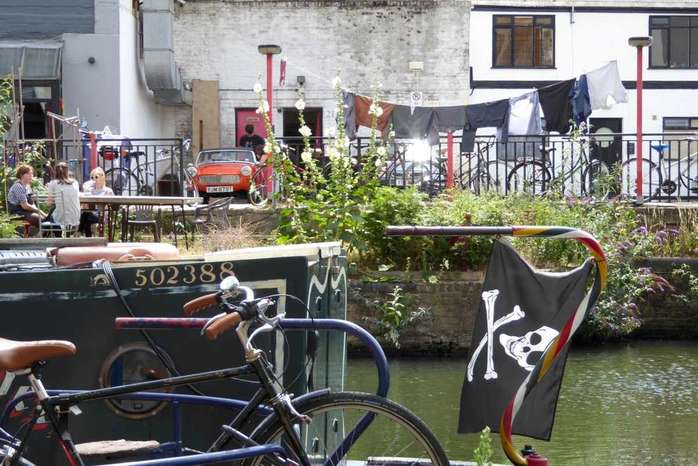

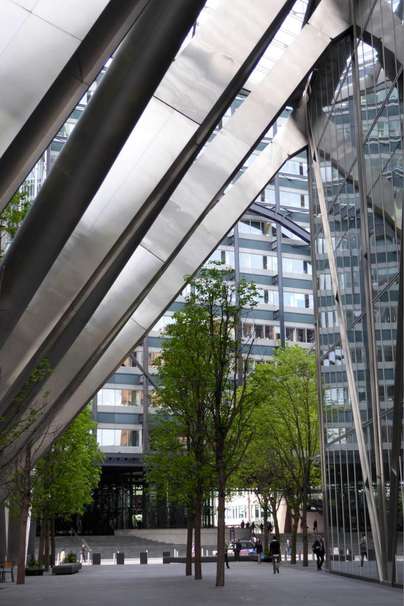
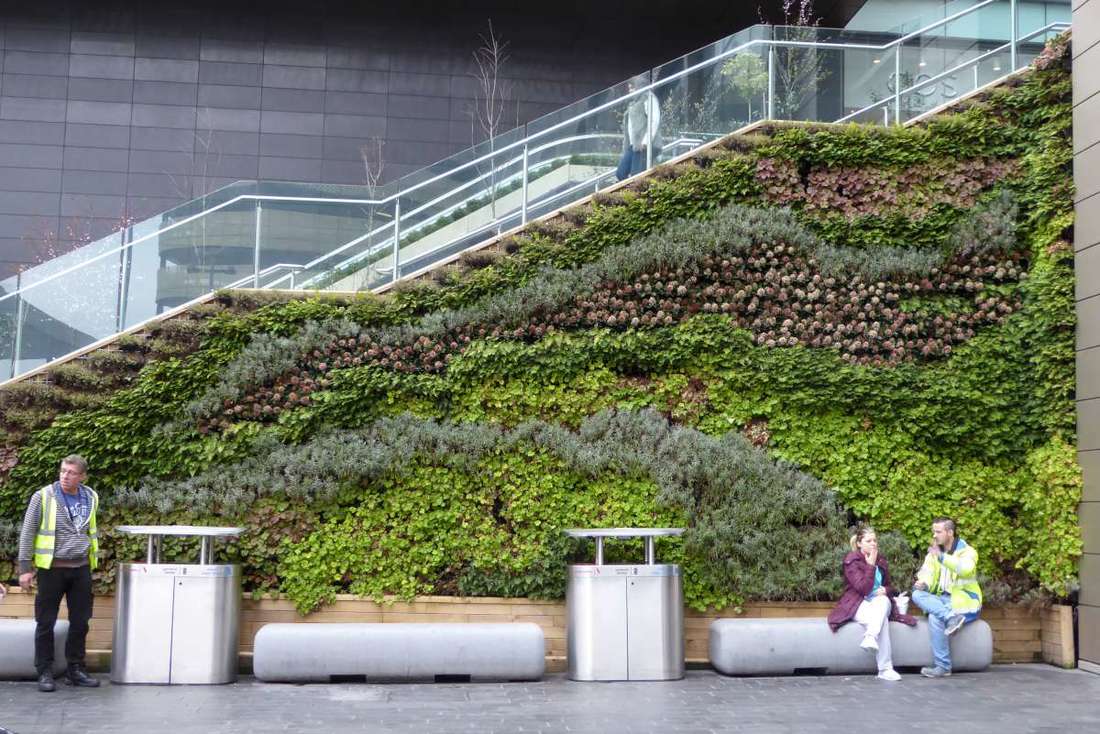
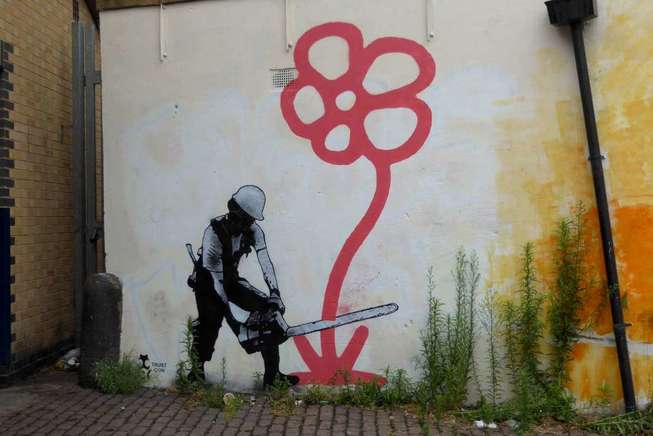
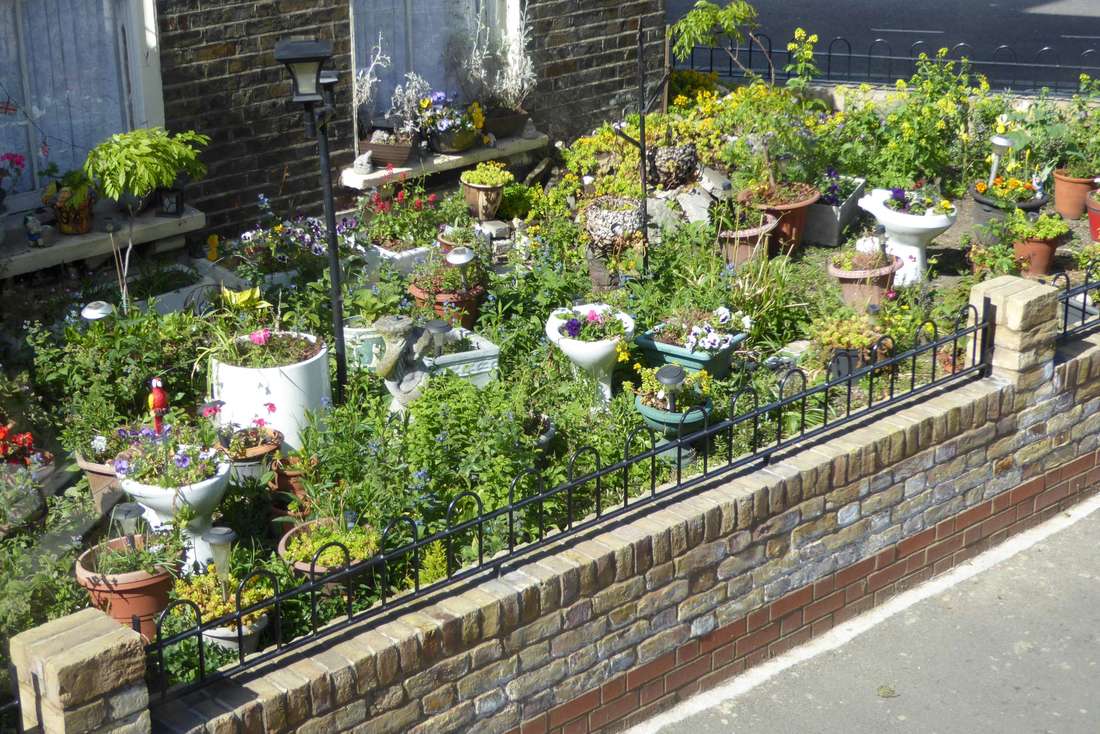
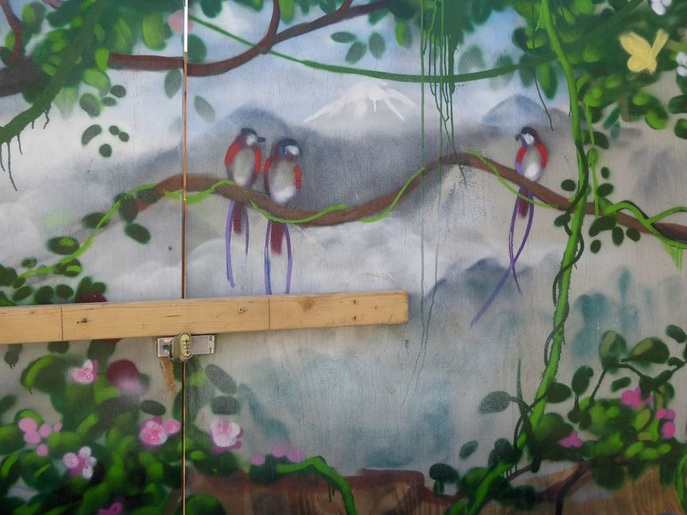
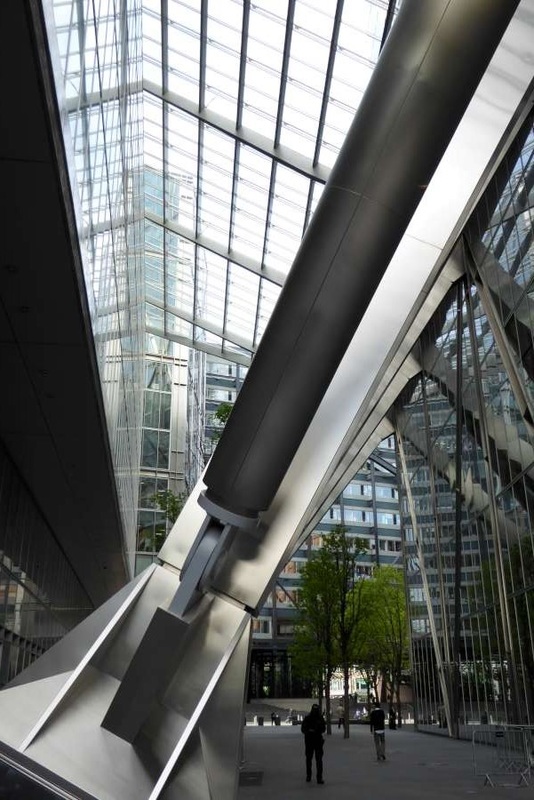
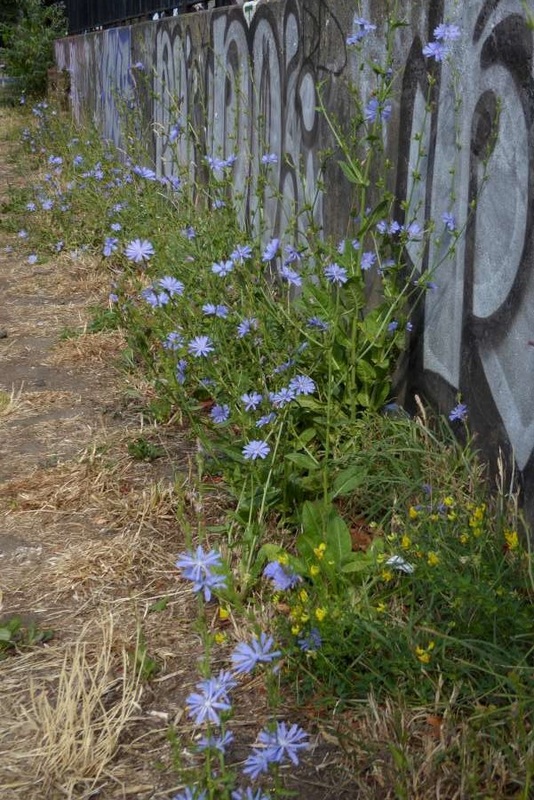
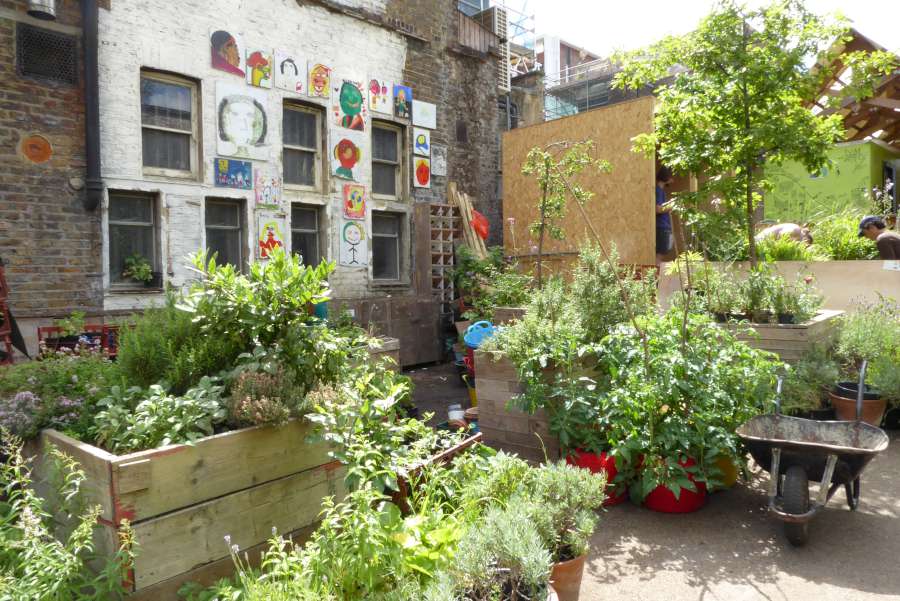

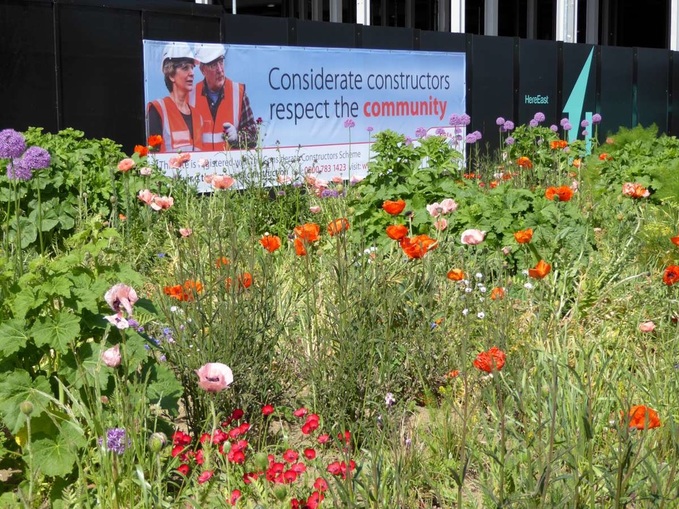
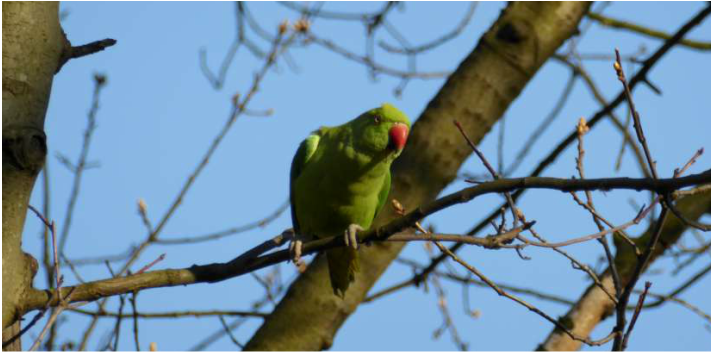
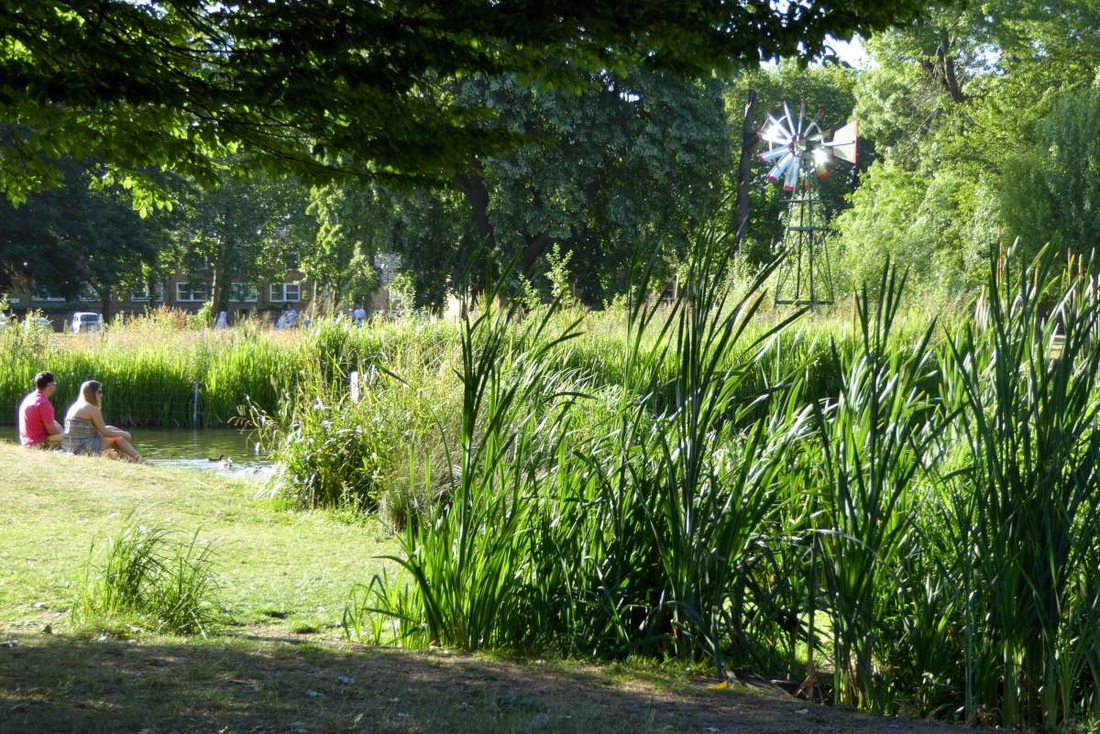
 RSS Feed
RSS Feed